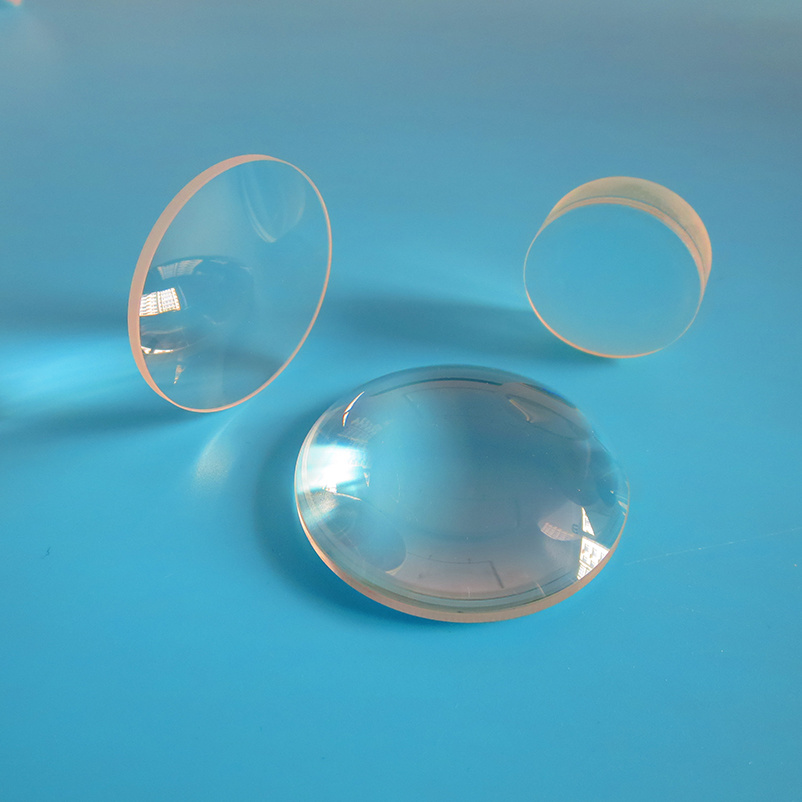ISO9001 Certified Professional Manufacturer & Supplier of Optics
+86-0431-87911611 admin@ytoptics.com
Contact us
-
 Email: admin@ytoptics.com
Email: admin@ytoptics.com
-
 Tel:86-0431-87911611
Tel:86-0431-87911611
-
 Add: 2# Automotive Innovation
Add: 2# Automotive Innovation
Jilin Province, China
Home > Products > Lenses > Infrared Lenses

Infrared MgF2 Lens
Magnesium fluoride materials are widely used in ultraviolet, visible and infrared optical systems due to their broad-band transmission, low absorption, high stiffness and good chemical stability. Despite the disadvantages of high cost and difficult processing, they offer significant performance advantages in areas such as laser systems, permeation enhancement films and medical devices.
Share this:
What are the advantages of MgF2?
Wide band transmission: good transmission from UV to IR.
Low absorption: low absorption and high transmittance in UV and IR wavelengths.
Chemical stability: acid and alkali corrosion resistance, suitable for harsh environments.
High hardness: wear-resistant, long service life.
What are the applications of MgF2?
UV optics: for UV lasers and UV spectrometers.
Infrared optics: for infrared optical devices.
Laser systems: for optical components of high energy lasers.
Medical devices: for infrared laser medical devices.
Highly Recommended Infrared Lenses from Yutai Optics:
Optical Infrared Lenses
Infrared Silicon Lens
Infrared ZnSe Lens
Infrared CaF2 Lens
Infrared BaF2 Lens
Infrared LiF Lens
Infrared Germanium Lens
Infrared Standard ZnS Lens
Infrared Multispectral ZnS Lens
Wide band transmission: good transmission from UV to IR.
Low absorption: low absorption and high transmittance in UV and IR wavelengths.
Chemical stability: acid and alkali corrosion resistance, suitable for harsh environments.
High hardness: wear-resistant, long service life.
What are the applications of MgF2?
UV optics: for UV lasers and UV spectrometers.
Infrared optics: for infrared optical devices.
Laser systems: for optical components of high energy lasers.
Medical devices: for infrared laser medical devices.
Highly Recommended Infrared Lenses from Yutai Optics:
Optical Infrared Lenses
Infrared Silicon Lens
Infrared ZnSe Lens
Infrared CaF2 Lens
Infrared BaF2 Lens
Infrared LiF Lens
Infrared Germanium Lens
Infrared Standard ZnS Lens
Infrared Multispectral ZnS Lens

TALK TO US 86-0431-87911611
86-0431-87911611
Call us now!
 86-0431-87911611
86-0431-87911611Call us now!
ONLINE CHAT
 2433808388
2433808388

